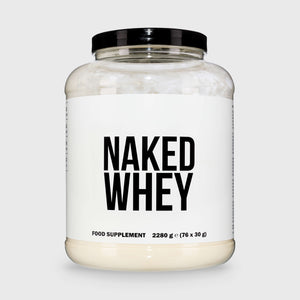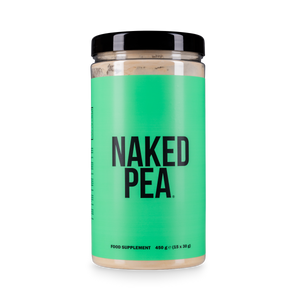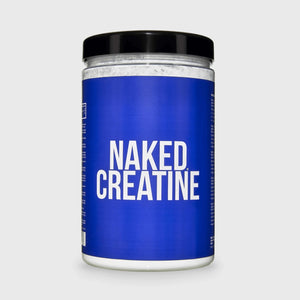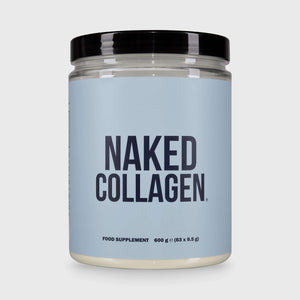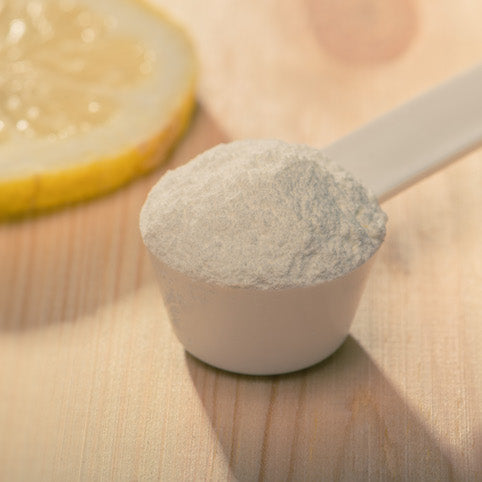Creatine is, by far, one of the most widely used and studied supplements in the health and fitness world. But, like many other supplements, it's generally not as simple as just picking up some “creatine;” there are many, many options.
Without getting into the maze of all the different forms of this supplement on the market, let's just look at two broad categories: liquid and powdered creatine.
What are the pros and cons of each? Which should you use?
Cost and Convenience
First of all, let's compare the price per service of each option. Of course, prices will vary depending on brand and supplier but, we tried to find some averages for comparison's sake.
A typical creatine powder will run about 10 to 15 cents per serving, making it a fairly affordable choice. Liquid creatine, however will generally cost about 30 cents per serving, with many popular brands asking as much as $1 for each serving.
For plain cost, then, the classic powder has a clear advantage.

When it comes to convenience, though, there's some room for discussion. Some may prefer having their creatine already mixed and ready to drink, others may like the portability and mixability of a flavorless powder.
It should also be mentioned that, depending on packaging, liquid creatine may produce a lot of waste – since each dose is generally bottled individually.
Usefulness and Absorption
Often, proponents of liquid creatine make claims that it is more readily available and therefore more beneficial than the powdered form. There is very little science to back this up.
In fact, one 2004 study in the Journal of Sports Sciences found that regular use of liquid creatine did not increase actual levels of creatine in the blood – meaning that it was not properly absorbed. Without picking on one brand, let's just say that the study used one of the more expensive products available, as well.
Interestingly, that same study also used powered creatine and – not all that surprisingly – did see significant increases in blood creatine levels.

The researchers believe that the processing of liquid creatine converts most of the creatine to creatinine – an unstable and useless substance that simply passes through the system.
It should also be noted that the vast majority of studies proving the powerful benefits of creatine were conducted using powder.
All In All
When the facts surrounding liquid and powdered creatine are considered, it seems pretty plain: Powdered creatine is the more reliable option.
For one thing, this classic delivery system has been solidly proven in both the lab and real world. Powder is also much cheaper and can easily be tossed into shakes and other beverages while producing very little waste.
